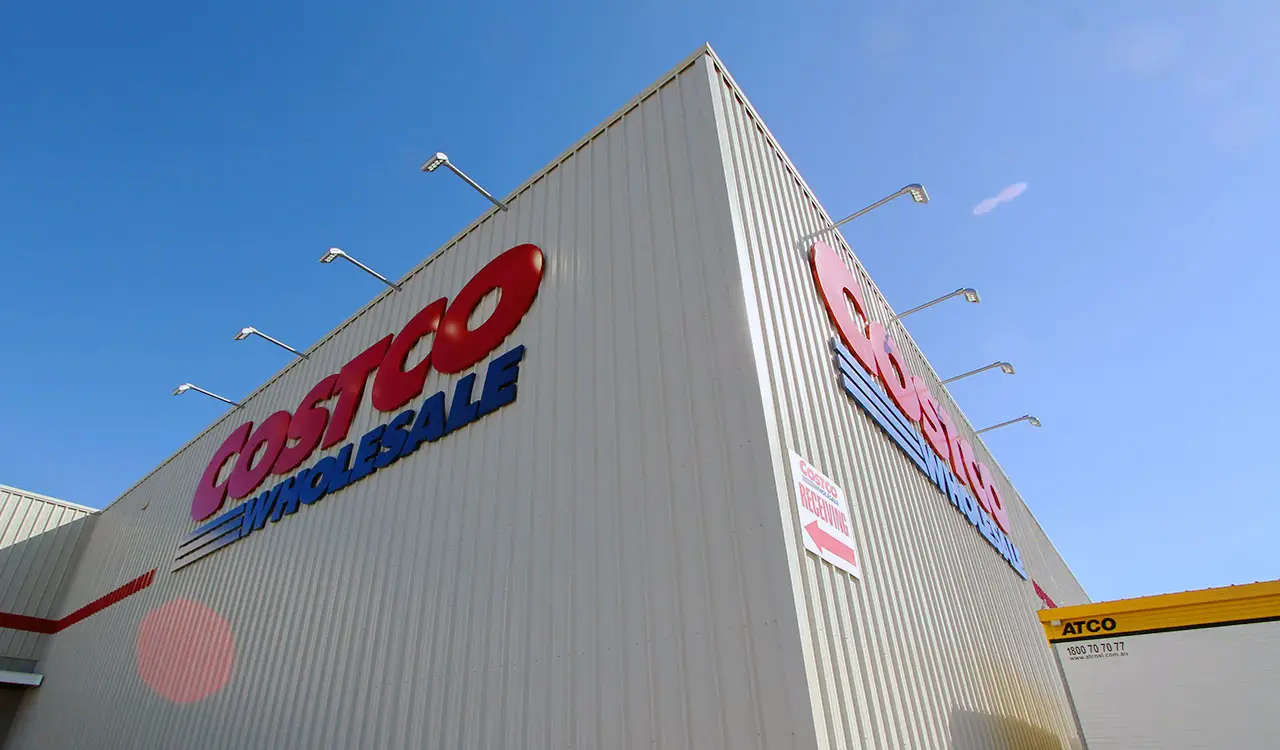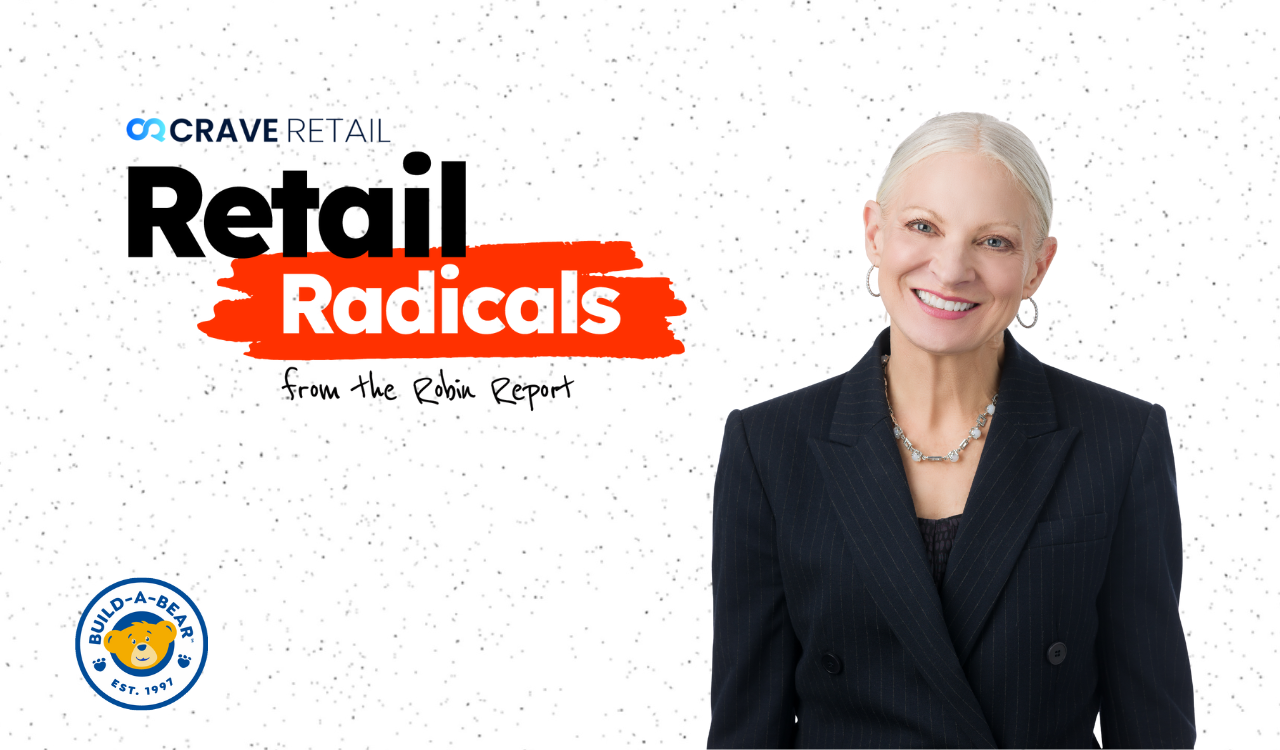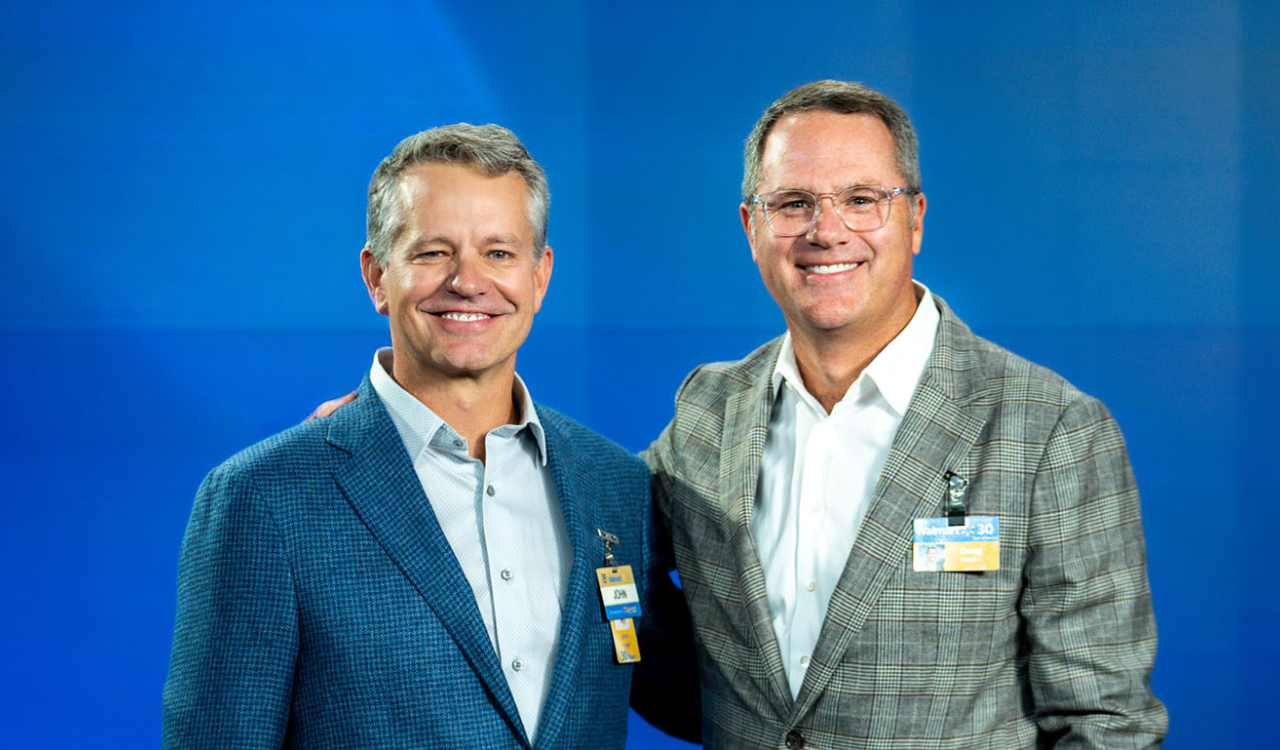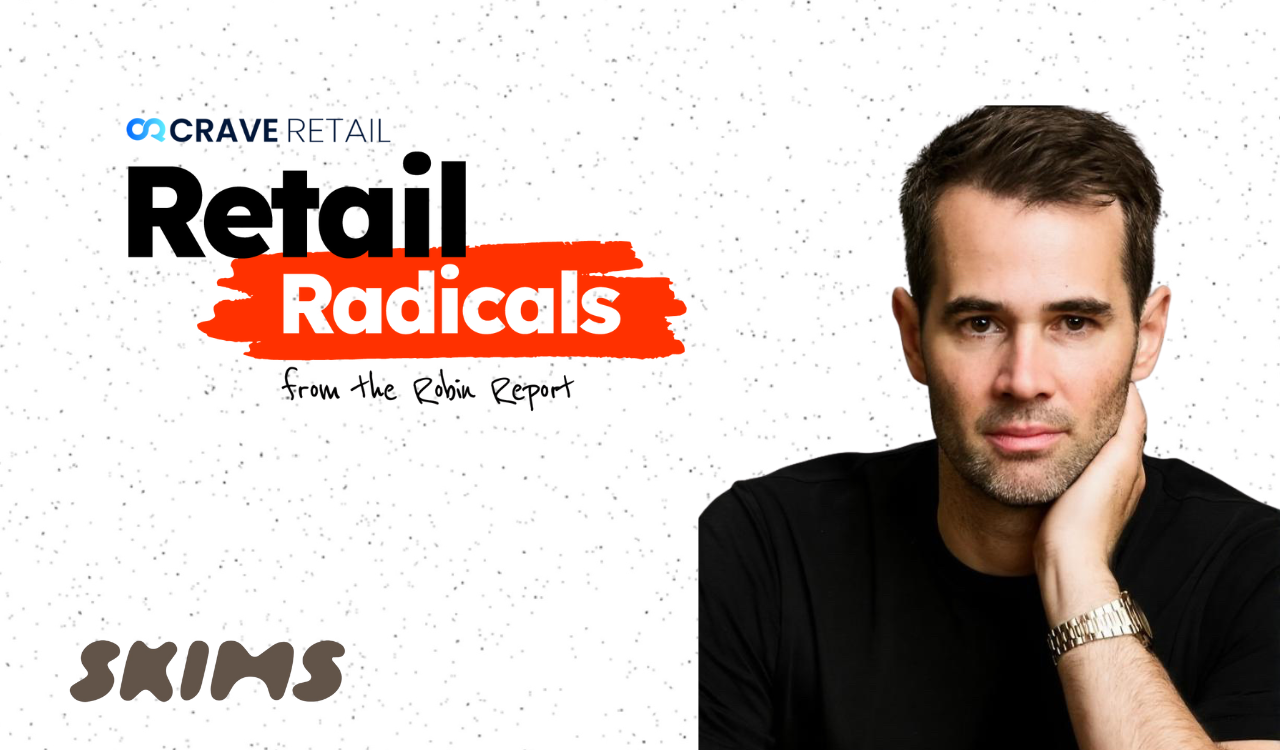Costco has risen to number three on the National Retail Federation’s top retailer list, behind only Walmart and Amazon, by following one simple mantra: If it ain’t broke, don’t fix it. And there is an apocryphal story that proves it.
Costco’s mission to deliver the ultimate value to its members is something that the company is fiercely devoted to, and that means constant change in the products and prices offered. It continually brings in new items that its research shows will engage members. Gold bars have been a big hit for the company and it just added platinum to its precious metal mix. It also brought in high-end offerings in its health and beauty category, including luxury fragrances.
In 2018, then-COO Craig Jelnik went to his boss, Costco cofounder and CEO James Sinegal, and told him the company needed to raise the price of its $1.50 hot dogs because they were losing money. Without a second thought, Sinegal said, “If you raise the price of the f***ing hot dog, I will kill you. Figure it out!”
So he did. The company built two plants to produce hot dogs to sell at $1.50 and still cover costs. It did the same thing by opening a Nebraska chicken plant to keep the price of its three-pound rotisserie chicken at $4.99. That said, Costco changes 2024 have shown the retailer’s ongoing resilience.
Winning Formula
Costco has honed a winning formula based on a fundamental mission that it refuses to swerve from: “To continually provide our members with quality goods and services at the lowest possible price.” To my mind “continually” is the key word in that phrase, meaning repeatedly in the same way, regularly without interruption, constantly.
Change is the enemy of “continually, regularly and constantly” at Costco, unless it conforms to its North Star of striving to get the highest quality at the lowest possible price. Anything else – change for the sake of change – is off-limits.
New Year, New CEO and Change
But what really matters is how Costco got to where it is today. So, it’s remarkable to see how many changes Costco has made this year, starting with the appointment of a new CEO Ron Vachris, the company’s third CEO in its 41 years. Vachris is the ultimate company insider, having joined the company 40 years ago as a forklift operator. Unlike so many incoming retail CEOs whose job is to fix a sinking ship, Vachris’ job is to keep Costco powering forward.
The storied Costco corporate culture is key to powering forward, and Vachris says, “Keeping that culture going is my greatest task,” in a rare interview with South Sound Business. In a word, the Costco culture is built on the premise if you do right by your employees then they will do right by the customers.
Corporate Culture = Customer Loyalty
Numerous studies show that corporate culture is directly tied to customer loyalty. Andrew Chamberlain, PhD and Daniel Zhao, both economists at Glassdoor, published an article in the Harvard Business Review entitled “The Key to Happy Customers? Happy Employees.”
Their research found a “strong statistical link between employee well-being and customer satisfaction among a large sample of some of the largest companies today. A happier workforce is clearly associated with a company’s ability to deliver better customer satisfaction — particularly in industries with the closest contact between workers and customers, including retail.”
Their findings are born out in the data. Costco boasts the retail industry’s highest level of customer loyalty, according to UBS’ analysis, and it tops the list of the best U.S. retailers to work for, according to Forbes World’s Best Employers 2024.
Culture Put to the Test
Costco’s dedication to its employees was put to the test shortly before outgoing CEO Jelinek turned over the reins to Vachris. Late last year, employees at one of their stores in Norfolk, VA voted to join the Teamsters Union. Instead of taking an adversarial stance as other companies might, Vacharis and Jelinek penned a joint letter to Costco employees accepting responsibility for the company’s failure. “To be honest, we’re disappointed by the result in Norfolk. We’re not disappointed in our employees; we’re disappointed in ourselves as managers and leaders. The fact that a majority of Norfolk employees felt that they wanted or needed a union constitutes a failure on our part.”
Stressing that the company is not “anti-union,” they realized that because workers in the store felt the need to join a union, they weren’t doing their part in taking care of employees, one of the pillars of Costco’s code of ethics. They ended the letter reiterating their commitment to their workforce. “Please know that we’re as committed as ever to our employees. Our culture of trust, respect, and reliance upon each other is what makes Costco such a great company.”
This isn’t a first for the company. Approximately 18,000 of Costco’s 208,000 U.S. employees are union members. Back in 2022, the Teamsters ratified a national master agreement with Costco that increased wages and pension contributions, provided members with higher semi-annual bonuses and a more flexible attendance policy, plus other improvements. According to reports, it was awareness of the national contract that drove the Norfolk employees into the arms of the union.
Now Vachris must contend with renegotiating the master contract, due to expire on January 31, 2025. However, negotiations were suspended in late August because the company refused to accept a “card check agreement” that would make it easier for nonunion Costco workers to join the Teamsters.
“Costco’s so-called ‘pro-worker’ image is nothing more than a talking point for investors,” Teamsters general president Sean O’Brien said as he noted Costco workers face “deteriorating working conditions, a trend worsened by the pandemic and shifts in the company’s leadership.” Employees can’t be happy when two sets of rules apply to two different groups of workers: union and nonunion.
New Entry Rules
Creating added friction for Costco customers and employees is a new rule for entering the store. Showing your Costco membership card to the friendly greeter at the door has been a forever company policy, but now a new system is being rolled out across the country where a customer’s membership card with a QR or bar code must be scanned. And if the card doesn’t have such a code or picture, the prospective shopper will be required to show a photo I.D.
In addition, non-members will not be able to enter the store unless accompanied by a Costco member. Previously, a non-member could browse the store, though they couldn’t make purchases unless they showed a card at checkout. The old system made it too easy for non-members to borrow a member’s card; eliminating membership sharing was another reason for the change.
Under the new rules, scanning the membership card at checkout has been eliminated – vetting members now happens at the door. So, non-members won’t be able to enjoy a $1.50 hot dog at the refreshment counter or have their prescriptions filled like they used to.
Some customers are concerned this will slow down entry to the store, especially during prime shopping times. And employees at the door are taking the blowback, according to a Reddit post. “I work at Costco. We hate the scanner door policy more than you do,” it stated, sharing that employees tasked with enforcing the new rule have been subjected to “abuse and mistreatment at the hands of the general public daily.”
Behind the scenes, Costco expects significant benefits to the customer from the new system. Faster checkout is expected as real-time traffic data will allow the store to adjust staffing minute-to-minute. Real-time data will also help store staff better manage fresh foods, like meat, fruits and vegetables. For example, rotisserie chickens are only held for two hours before being pulled. As with most digital transformations, customers won’t necessarily see the backend benefits to balance any complaints about the very visible frontend change.
Membership Price Increase
A hike in Costco membership fees has been rumored for years, but now it’s here. Costco individual membership went up $5 to $65 per year and the higher-tier executive membership was raised $10 to $130 per year. “The most important item we sell is the membership card,” Vachris said.
This is the first time in nearly seven years that Costco raised its fees – the typical pattern was to raise memberships every five and a half years. Although the increase is minor, it’s still a change. Renewal rates tend to be over 90 percent historically and with the change taking place on September 1, it is still too early to read whether it hurts renewals or new membership sign-ups. If Amazon and Netflix are any indication, customers will cave under pressure.
Costco ended fiscal 2024 on September 1 with some 76.2 million members including five million new members who came on board, a 7.3 percent uptick. Executive memberships grew significantly faster, up nearly 10 percent to 35.4 million members. Of note, over half of new members are under 40 years, a significant younger shift in the company’s traditional more mature demographic. Membership revenue grew 5.4 percent, from $4.6 billion to $4.8 billion, just ahead of revenues, which ticked up 5 percent, from $237.7 billion to $250 billion.
However, memberships as a share of net income dropped from 73 percent last year to 66 percent this year, suggesting positive growth in product sales. And net income grew an aggressive 17 percent, reaching $7.4 billion from $6.3 billion.
Into the Retail Media Ad Biz
Though Costco has been slower to enter the retail media business than Target, Walmart, Sam’s Club, and others — eMarketer estimates global ad spending on retail media networks (RMN) increased 22 percent in 2024 to $140 billion — it has amassed an impressive amount of information on the purchase history across its membership, which tends to skew toward higher income households than those of Target or Walmart.
Mark Williamson, a rare outside hire, joined Costco in September 2023 to head up its RMN efforts, initially targeting Costco brand partners. He previously led retail media for Ahold Delhaize USA and served with Walmart Global and Sam’s Club. Williamson told Marketing Brew that this change will benefit both its members and the company. “When it became clear to the leadership team that retail media isn’t just a profit center. When they determined that retail media revenue could directly drive increased value for our members, that’s when we said ‘Okay, this is something we need to get involved with.’”
What Doesn’t Change
Costco’s mission to deliver the ultimate value to its members is something that the company is fiercely devoted to, and that means constant change in the products and prices offered. It continually brings in new items that its research shows will engage members. Gold bars have been a big hit for the company and it just added platinum to its precious metal mix. It also brought in high-end offerings in its health and beauty category, including luxury fragrances.
While it continues to expand in higher-end categories like jewelry, appliances, consumer electronics and furniture, it has started to reduce prices on some of its popular Kirkland Signature house brand products as inflation cools. Kirkland Signature is reported to have generated some $56 billion for Costco in 2023, making it a bigger brand than Nike or Coca-Cola. There are currently around 350 different Kirkland products sold, and in the most recent earnings call, Vachris promised more innovation coming to the Kirkland range. Besides new products, it just converted K.S. laundry detergent from a plastic tub to a pouch, reducing plastic packaging by 80 percent and lowering the cost by a dollar.
“We believe there’s an opportunity to continue to find ways to invest in our members and our employees and we do believe you can do that through the way that we manage the business to continue to improve profitability over time,” Vacharis said as he closed the earnings call and CFO Gary Millerchip added, “We feel very good about our momentum ending fiscal year ’24. And as we head into the new fiscal year, we feel very good about the opportunity ahead of us.”
Costco’s September results validate their confidence. Comparable sales in September after the earnings call were up 6.7 percent overall, and excluding impacts from changes in gasoline prices and foreign exchange, comparable sales rose 8.9 percent from last year. The U.S., where 614 of its 891 warehouses are located, did even better, up 9.3 percent. That’s quite a feat, considering general merchandise stores advanced only .06 percent year-over-year in September, from $70.7 billion to $71.2 billion.
Change Is Going to Do Costco Good
Unlike its competitors that make quick-fix changes that often prove to be ill advised, poorly planned or executed (Walmart ended up dismantling its ecommerce side-hustle made during the Marc Lore-Jet.com years), Costco succeeds with a slow, carefully researched and planned pace to change everything but its core value mission.
Customers are hooked on Costco and that’s not going to change, even though 2024 was a year of dynamic changes at Costco. Costco members are secure that every change that Costco makes is ultimately for their own good.





